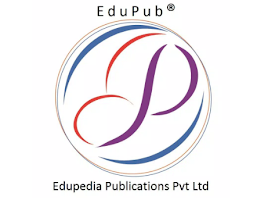The sericulture industry today employs over 700,000 farm families and is mostly concentrated in Karnataka, Tamilnadu and Andhra Pradesh and to some extent Assam and West Bengal. Karnataka accounts for more than 70 percent of the country's total silk production.
Silk is the most elegant textile in the world with unparalleled grandeur, natural sheen, and inherent affinity for dyes, high absorbance, light weight, soft touch and high durability and known as the “Queen of Textiles” the world over. On the other hand, it stands for livelihood opportunity for millions owing to high employment oriented, low capital intensive and remunerative nature of its production. The very nature of this industry with its rural based on-farm and off-farm activities and enormous employment generation potential has attracted the attention of the planners and policy makers to recognize the industry among one of the most appropriate avenues for socio-economic development of a largely agrarian economy like India.
Silk has been intermingled with the life and culture of the Indians. India has a rich and complex history in silk production and its silk trade which dates back to 15th century. Sericulture industry provides employment to approximately 8.7 million persons in rural and semi-urban areas in India. Of these, a sizeable number of workers belong to the economically weaker sections of society, including women. India’s traditional and culture bound domestic market and an amazing diversity of silk garments that reflect geographic specificity has helped the country to achieve a leading position in silk industry.
Silk production in India
India has the unique distinction of being the only country producing all the five known commercial silks, namely, mulberry, tropical tasar, oak tasar, eri and muga, of which muga with its golden yellow glitter is unique and prerogative of India.
Mulberry sericulture is mainly practised in states such as Karnataka, Andhra Pradesh, Assam and Bodoland (Kokrajhar, Chirang, Baksa and Udalguri districts of Assam), West Bengal, Jharkhand and Tamil Nadu who are the major silk producing states in the country. North East has the unique distinction of being the only region producing four varieties of silk viz., Mulberry, Oak Tasar, Muga and Eri. Overall NE region contributes 18% of India's total silk production.
Title of Book | Scope of Silk Industry in India |
Editor Name | Deobrat Kumar |
ISBN no. | 978-81-951123-8-8 |
Imprint | IJR |
Year | 2022 |
Edition | First |
Language | English |
Genre | Education |
Publisher | Edupedia Publications Pvt Ltd |














.jpg)





